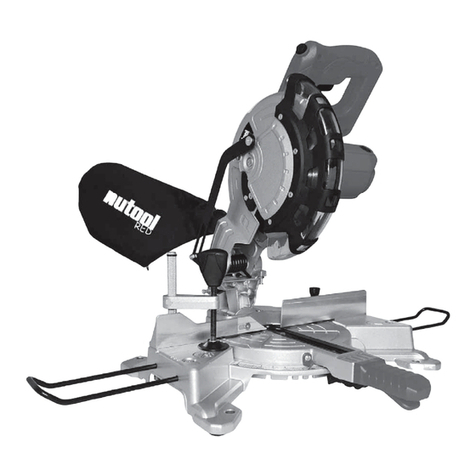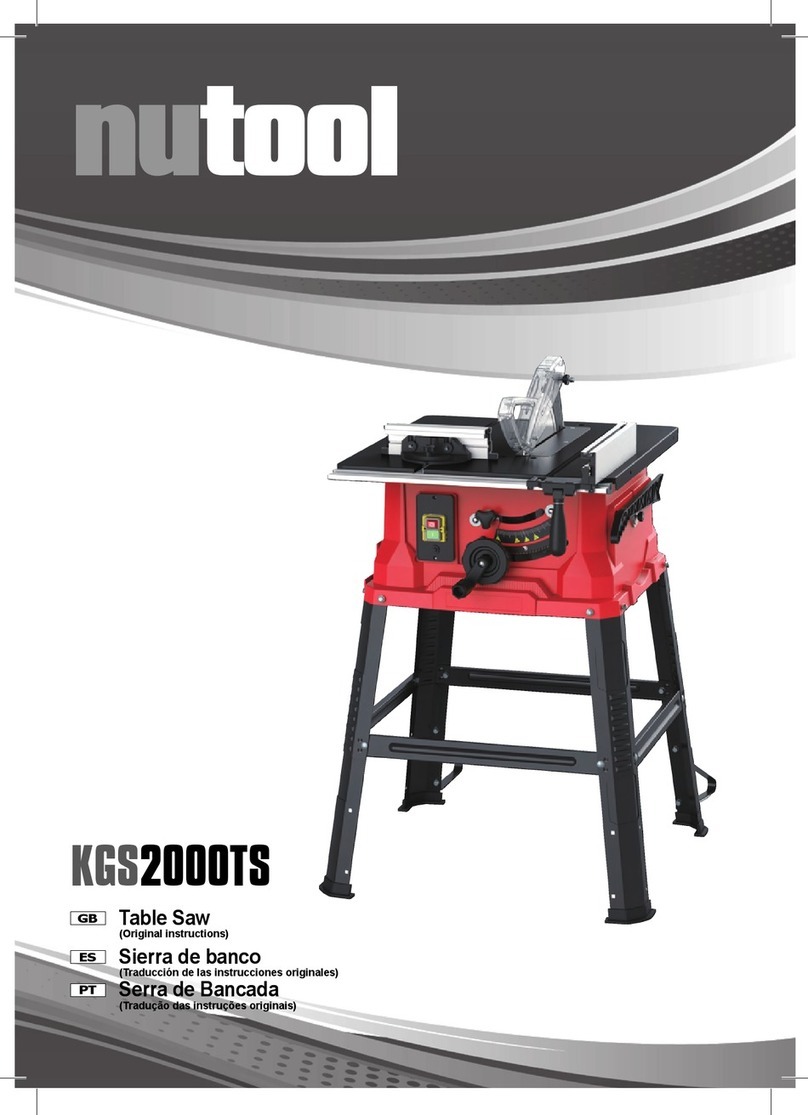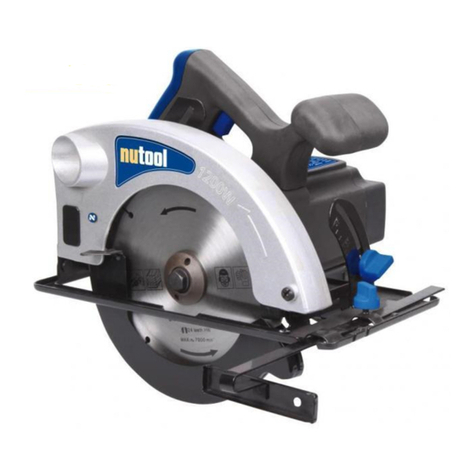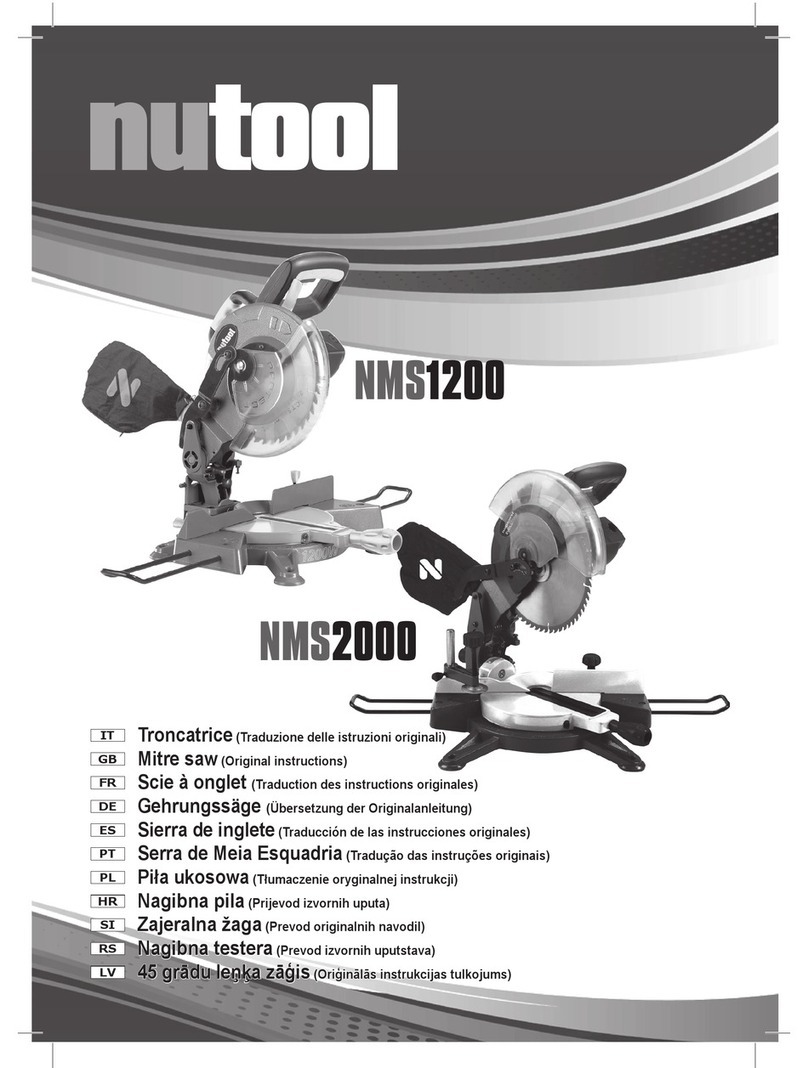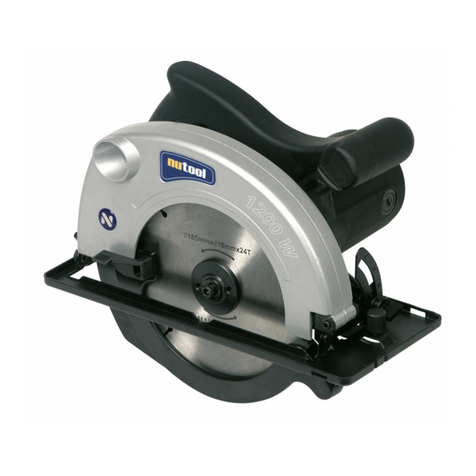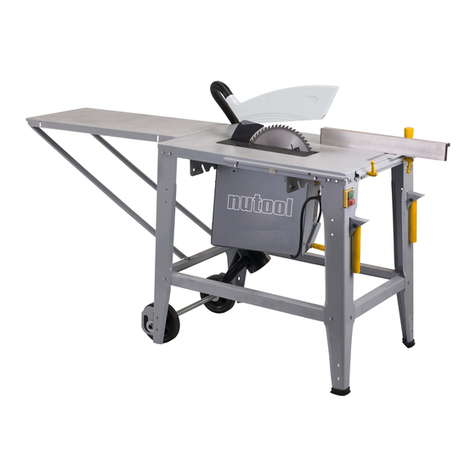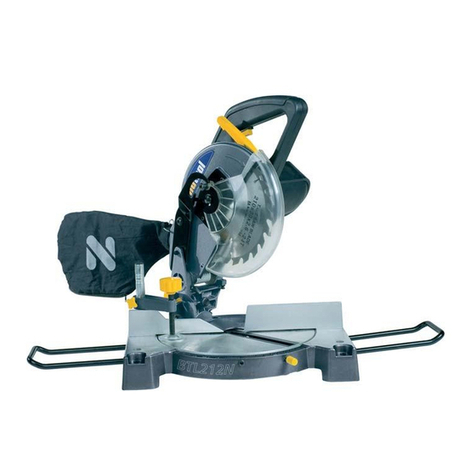
4
delokalaMyndigheternaellertilleråterförsäljareomåtervinningsråd.
FI - Sähkö- ja elektroniikkaromua ei saa hävittää tavallisten kotitalousjätteiden
mukana, vaan se on toimitettava sille tarkoitettuihin keräyspisteisiin kierrätystä
varten. Lisätietoja saat paikallisilta viranomaisilta tai jälleenmyyjältä.
GR-Τααπόβληταειδώνηλεκτρικούκαιηλεκτρονικούεξοπλισμού(ΟδηγίαWEEE)δεν
μπορούνναδιαχειριστούνωςκοινάοικιακάαπόβλητα.Προβλέψτεστηνανακύκλωση
τουςεκείόπουυπάρχουνκατάλληλεςεγκαταστάσεις.Συμβουλευτείτετοντοπικόφορέα
ήτομεταπωλητήγιαπληροφορίεςσχετικάμετησυγκέντρωσηκαιτηναπόσυρση.
PL - Zużyty sprzęt elektryczny i elektroniczny (WEEE) nie może być zarządzany jak
zwykłe odpady domowe. Przystąpić do recyrkulacji odpadów w miejscach, gdzie
istnieją odpowiednie warunki. Skonsultować się z lokalnymi władzami lub sprzedawcą
w celu uzyskania informacji dotyczących gromadzenia i likwidacji odpadów.
HR-Oznakanaproizvoduupozoravadaseproizvodnakonistekaživotnogvijekane
smijeuklanjatizajednosuobičajenimotpadomizdomaćinstva.Ovajproizvodsemora
recikliratiuprimjerenimpogonimananačinprihvatljivzaokoliš.InformirajtesekodVašeg
komunalnog poduzeća ili ovlaštenog zastupnika o sakupljanju i uklanjanju otpada.
SI - Označba na proizvodu navaja, da ga po njegovi življenjski dobi ne smete
odvreči med gospodinjske odpadke, omenjen izdelek je potrebno reciklirati okolju
prijazno v atestiranih napravah. Prosimo, da se pri lokalnih upravnih organih ali
pri pooblaščenih trgovcih pozanimate glede zbiranja in shranjevanja odpadkov.
HU-Avillamos-éselektronikaiberendezésekbőlszármazóhulladékokat(WEEE)
nem lehet a háztartási hulladékkal azonos módon kezelni. Ahol erre megfelelő
berendezések vannak, ott lehetőség van az újrafelhasználásra. A hulladék
gyűjtésévelésfeldolgozásávalkapcsolatbankérjenfelvilágosítástahelyiszervektől
vagyaviszonteladótól.
CZ - S odpadními elektrickými a elektronickými zařízeními (OEEZ) se nesmí
nakládat jako s komunálním odpadem. V případě, že jsou k dispozici vhodné
podniky zajištěte jejich recyklaci a opětovné zpracování. Rady o sběru a zpracování
poskytne obecní úřad nebo prodejce.
SK - S odpadmi z elektrických a elektronických zariadení (OEEZ) sa nesmie
zaobchádzať ako s domovým odpadom. Ak sú k dispozícii vhodné podniky,
zabezpečte ich recykláciu. Rady o zbere a likvidácii zariadení vám poskytnú
miestneúradyapredajcovia.
RU - Утилизация отходов производства электрического и электронного
оборудования (WEEE) не должна выполняться таким же образом, как
утилизация обыкновенных отходов домашнего хозяйства. Пожалуйста,
перерабатывайте отходы там, где существует адекватное оборудование.
Посоветуйтесь с Местным Управлением или дистрибьютором насчёт
указаний по переработке отходов.
NO - Elektrisk og elektronisk avfall, (EE-avfall), skal ikke kastes sammen med
van husholdningsavfall. Resirkulere der dette er mulig. Ta kontakt med lokale
myndigheterellerforhandlerforrådomresirkulering.
TR - Elektrik ve elektronik tüketim atıkları (EETA), ev atıkları ile beraber atılmamalıdır.
Lütfen uygun olan geri dönüşüm olanaklarını kullanınız. Geri dönüşüm tavsiyeleri
için, mevcut lokal yetkililerin veya satıcıların olup olmadığını araştırınız.
RO-Deşeurileelectrice,electroniceşielectrocasnice(DEEE)nupotfitratateca
oricarealtedeşeuri domestice. Reciclaţicâtmai mult posibilunde există facilităţi
înacestscop.Consultaţiautorităţilelocalesaupuncteledecolectareadeşeurilor
pentrusfaturidereciclare.
BG - Отпадъците от електрическо и електронно оборудване (ОЕЕО)
не могат да бъдат третирани като обикновени домакински отпадъци.
Погрижете се за рециклирането там, където съществуват подходящи
инсталации. Консултирайте се с местните власти или с продавача за
съвет относно събирането и изхвърлянето.
RS- Oznakana proizvoduupozorava dase proizvod nakon isteka životnog
doba ne sme uklanjati zajedno sa običnim otpacima iz domaćinstva. Ovaj
proizvod se mora reciklirati u odgovarajučim pogonima na način prihvatljiv
za okolinu. Informirajte se kod Vašeg komunalnog poduzeća ili ovlaštenog
zastupnikaoskupljanjuisklanjanjuotpadka.
LT - Elektroninių ir elektros įrenginių negalima utilizuoti kaip buitinių atliekų. Šias
atliekas būtina šalinti specializuotuose surinkimo punktuose. Norėdami gauti
išsamesnės informacijos apie atliekų šalinimą bei jų perdirbimą, susisiekite su
kompetetingomis vietos institucijomis.
EE-Elektri-jaelektroonikaseadmetejääkidestvabanemineeisaatoimudasarnaselt
majapidamisjääkidest vabanemisele. Vastavate seadmete olemasolu korral
korraldatagu nende ümbertöötlemine. Ümbertöötlemisega seotud informatsiooni
saamisekspöördugekohalikevõimudevõiedasimüüjapoole.
LV - Elektrisko iekārtu un elektronisko iekārtu ražošanas atkritumu utilizācija (WEEE)
nevar veikt kopā ar parasto mājas saimniecības atkritumu utilizāciju. Lūdzam
pārstrādāt atkritumus tur, kur ir piemērots aprīkojums. Konsultēties ar Vietējo
Priekšniecību vai mazumtirgotāju par atkritumu pārstrādāšanas ieteikumiem.
Attenzionecorrenteelettrica
Dangerous voltage
Attention:présencedecourantélectrique
Achtung,elektrischeSpannung
Atención,corrienteeléctrica
Atençãocorrenteeléctrica
Attentie,elektrischestroom
Advarselelektriskstrøm
Varning-elektricitet
Huom.vaarallinenjännite
Προσοχήηλεκτρικόρεύμα
Uwaga,niebezpieczeństwoporażeniaprądemelektrycznym
Pažnja,električninapon
Pozor,električnanapetost
Figyelem,elektromosáram
Pozor-elektrickénapětí!
Pozor-elektrickýprúd!
Рискэлектрическогонапряжения
Forsiktig elektrisk strøm
Dikkatelektrikakımı
Atenţie!Pericolelectric
Внимание:електричекиток
Pažnjaelektričnastruja
Elektrosįtamposrizika
Ettevaatust-elektrivool
Esietuzmanīgi-elektrībasplūsma
Protezione obbligatoria dell’udito, della vista e delle vie respiratorie
Hearing, sight and respiratory protection must be worn
Port obligatoire de protections auditives, oculaires et des voies respiratoires
Gehörschutz,AugenschutzundAtemschutzsindobligatorischvorgeschrieben
Protecciónobligatoriadelosoídos,delavistaydelasvíasrespiratorias
Protecçãoobrigatóriadoouvido,davistaedasviasrespiratórias
Verplichte bescherming van oren, ogen en luchtwegen
Obligatorisk beskyttelse af hørelse, syn og luftveje
Hörselskydd, skyddsglasögon och andningsmask obligatoriskt
Käytettävä kuulosuojaimia, suojalaseja ja hengityksensuojaimia
Υποχρεωτικόπροστατευτικόακοής,όρασηςκαιτουαναπνευστικούσυστήματος
Obowiązkowozabezpieczyćsłuch,wzrokidrogioddechowe
Obaveznazaštitaočiju,dišnihputevaisluha
Obveznazaščitaoči,dihalinsluha
Alégutak,alátásésahallásvédelmekötelező
Povinnostchránitsluch,očiadýchacícesty.
Povinnáochranasluchu,zrakuadýchacíchciest!
Обязательнаязащитаушей,лицаидыхательныхпутей
Obligatorisk å ta i bruk hørselsvern, vernebriller og pustemaske
Mecburiişitme,görmevesolunumyollarıkoruması
Echipamentdeprotecţieobligatoriupentruurechi,ochişicăirespiratorii
Задължителнисредствазазащитанаслуха,зрениетоидихателнитепътища
Obaveznazaštitasluha,vidaidišnihputeva
Privalomaausų,veidoirkvėpavimotakųapsauga
Kuulmis-,nägemis-ninghingamisteedekaitseonkohustuslik.
Obligātadzirdes,redzesunelpošanasceļuaizsardzība
IT
GB
FR
DE
ES
PT
NL
DK
SE
FI
GR
PL
HR
SI
HU
CZ
SK
RU
NO
TR
RO
BG
RS
LT
EE
LV
IT
GB
FR
DE
ES
PT
NL
DK
SE
FI
GR
PL
HR
SI
HU
CZ
SK
RU
NO
TR
RO
BG
RS
LT
EE
LV
